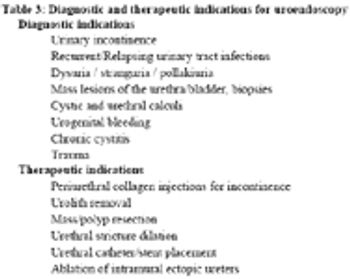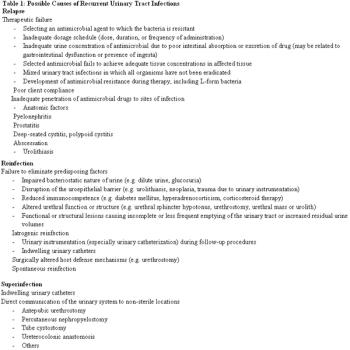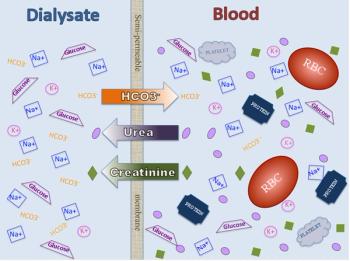Sherri J. Ross, DVM, PhD, DACVIM
Articles by Sherri J. Ross, DVM, PhD, DACVIM

Fluid therapy is one of the most important aspects of patient management in veterinary medicine. It is however, important to realize that fluid therapy is a supportive measure and the underlying disease process that lead to aberrations in water, electrolyte and acid-base status must be identified and treated.

Acute renal failure may be defined as an abrupt reduction in renal function resulting in accumulation of nitrogenous waste products and dysregulation of water, electrolyte, and acid base balance. Differentiating acute from chronic kidney disease is important for both therapeutic and prognostic reasons.

The clinical signs of many lower urinary tract diseases (LUTD) in dogs and cats are similar. Correct identification of the underlying disease process is critical to the development and implementation of a successful treatment plan.

Chronic kidney disease (CKD) is a common clinical diagnosis in middle-aged to geriatric cats and dogs that may significantly affect the quality of life of both the patients and their owners. Although "old age" is not a disease, it is a time when many diseases are more likely to occur, often concurrently.

Successful management of urolithiasis in dogs and cats depends upon the removal of existing uroliths and preventing their recurrence. Traditionally, uroliths have been removed via surgery.

Anemia is a common clinical finding in both human and veterinary patients with chronic kidney disease (CKD). Anemia has been reported as a clinical complication in 80-90% of human dialysis patients, and in 32-65% of cats with CKD.

Urinary tract infection is the most common infectious disease of dogs, affecting as many as 14% of dogs over the course of their lifetime. The majority of these urinary tract infections (UTIs) are benign and respond readily to antimicrobial therapy.

Hemodialysis (HD) refers to the process of using an artificial kidney to clear urea, metabolic waste products, toxins, and excess fluid from the blood. The term dialysis refers to the net movement of solutes and water across a semipermeable membrane along a concentration gradient.

Micturition is the act of urination and includes both a storage phase and a voiding phase. Animals presenting with urinary incontinence typically have one or more problems with the storage phase of micturition, which can usually be categorized as; insufficient urethral closure pressure; failure of the bladder to relax and accommodate urine; or abnormal anatomy of the bladder, ureter(s) and/or urethra.







